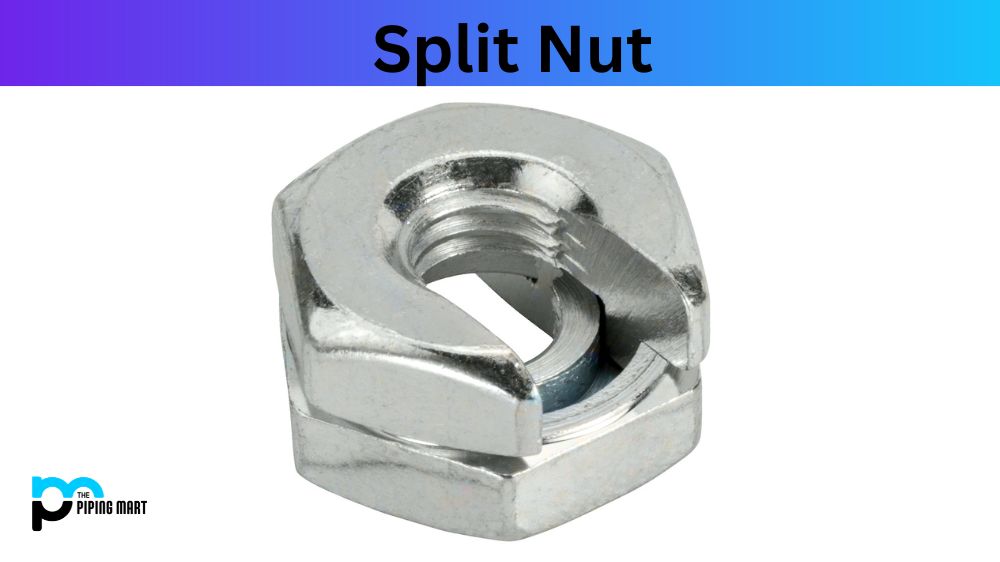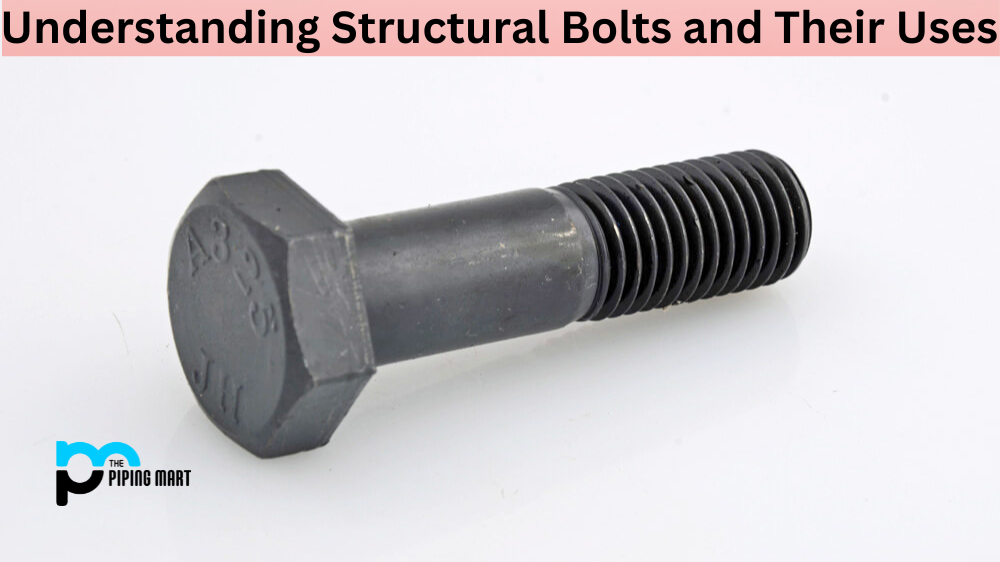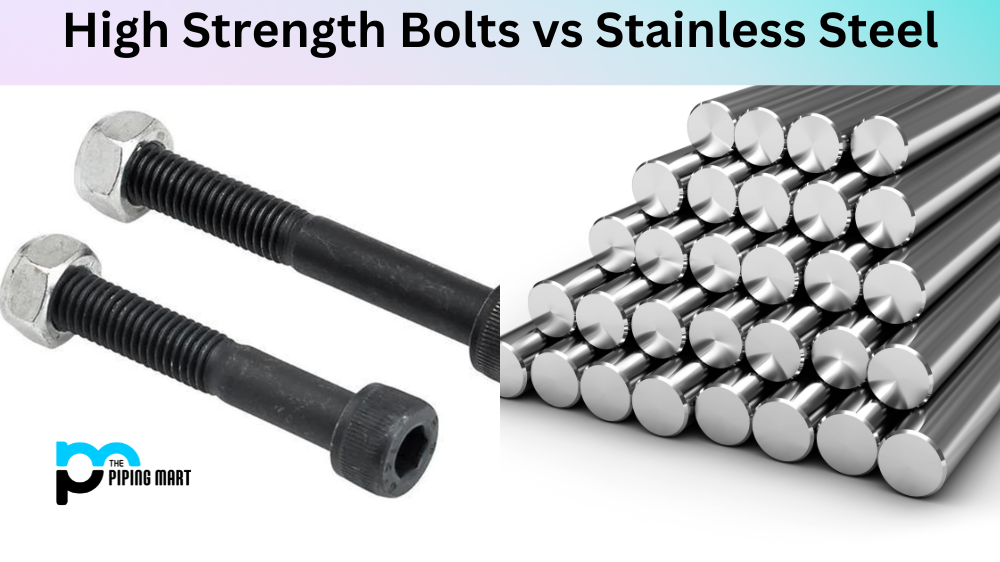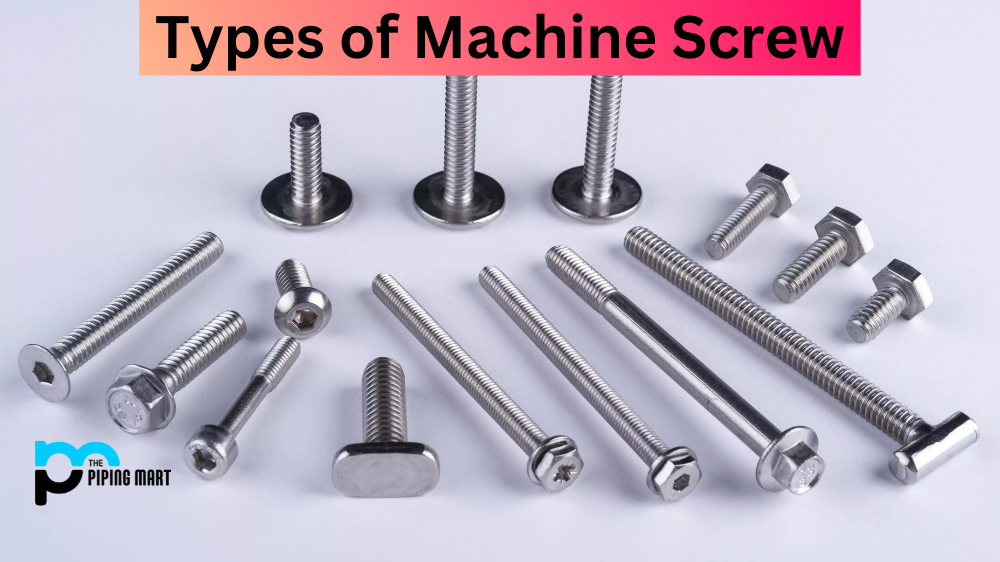If you’ve ever encountered a stubborn bolt or nut that’s difficult to remove, you’ll appreciate the beauty of the split nut. Split nuts, also known as locknuts or Jam nuts, are locking nuts used to securely fasten threaded bolts and prevent them from loosening under vibration or other forces. These simple yet effective devices have a unique design that makes them perfect for various industrial applications. In this blog post, we’ll explore what split nuts are, their properties, uses, and applications in different settings.
What is Split Nut?
Split Nut is a type of fastener used in a variety of mechanical, industrial, and automotive applications. It is composed of two halves that are joined together and feature internal threads that grip the material being worked on when tightened. Typically made from steel or stainless steel, this type of fastener is durable, highly corrosion-resistant and can be reused if properly taken care of.
Split Nuts Properties:
Split nuts are usually made from stainless steel, carbon steel, or other alloys. They are characterized by having a threaded hole that is partially cut, allowing the nut to expand and contract slightly to prevent loosening. The split nut design is particularly useful in high-vibration environments, as it provides an extra layer of security to ensure that bolts remain tight.
Split Nuts Uses:
One of the most common uses of split nuts is in the automotive industry, where they are used to secure critical components such as engine mounts, wheel bearings, and suspension parts. In addition, split nuts are commonly used in the aerospace, marine, and construction industries, where the vibration is also prevalent. The nuts are also used in electrical systems, machinery, and other applications where a secure fastening is critical.
Split Nuts Application:
Split nuts are relatively easy to install and require no special tools. To install a split nut, start by tightening the nut onto the bolt as you would with a regular nut. Then, use a wrench to tighten the second nut onto the first nut, which will cause the first nut to ‘jam’ against the bolt threads. This action locks the first nut into place, preventing it from loosening. You can tighten a third nut onto the second nut following the same process for added security.
Conclusion:
In summary, split nuts offer significant advantages over traditional nuts and are commonly used in industries where vibration is prevalent. Split nuts are relatively easy to install, cost-effective, and provide an exceptional locking force, making them a practical choice for securing critical components. When selecting split nuts, you must ensure they match the correct thread size, pitch, and material specifications for your specific application. Consult with a trusted supplier to ensure you select the right split nut for your application.
Meet Heer, a dynamic and driven writer learning tricks of her trade in the metal industry. With a background in Digital Marketing, Heer brings a unique perspective to her writing, sharing valuable insights. Apart from blogging she like reading and hiking.




